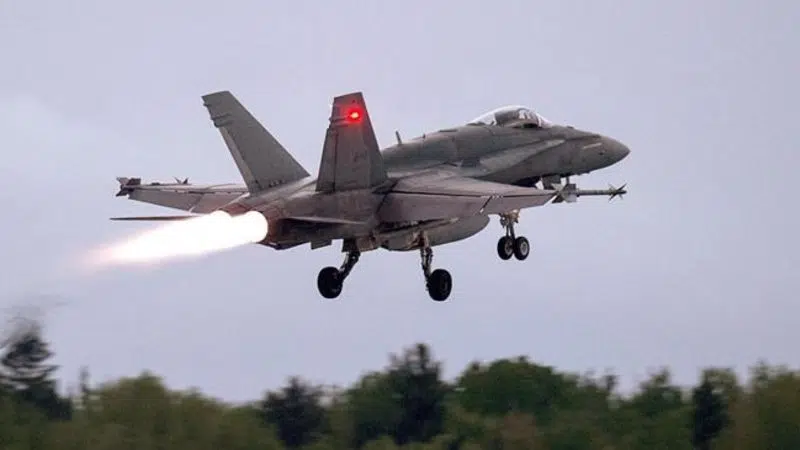
Feds facing short runway on fighter jets amid new questions about schedule
OTTAWA — Canada’s tortured effort to buy new fighter jets is facing a fresh challenge as uncertainty about when the aircraft will arrive is making it hard for officials to know how long the military’s aging CF-18s must stay in the air.
The problem is no trivial matter as upgrading too many planes for too long could waste hundreds of millions — maybe even billions — of dollars while not upgrading enough could leave the military with a shortage.
Yet while time could provide some clarity, the clock on a decision is ticking as Canada’s head of military procurement, Patrick Finn, says work on the CF-18s must start soon to make sure they aren’t grounded.


